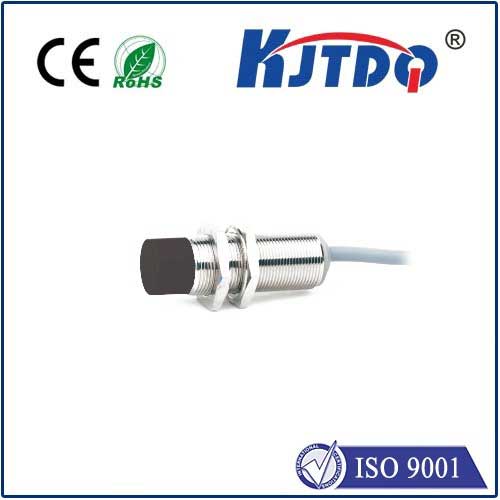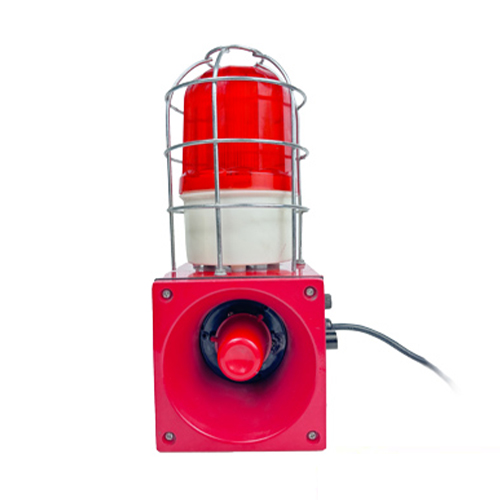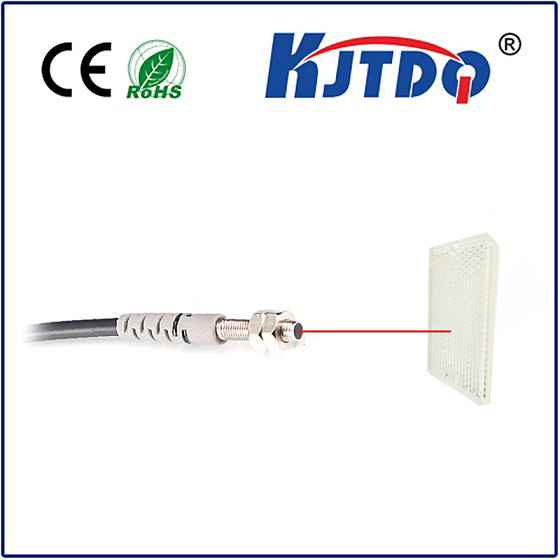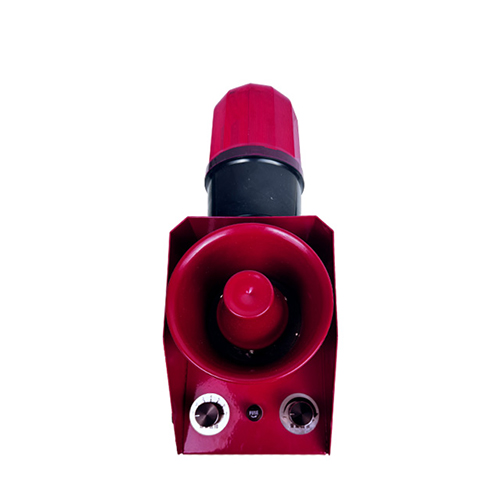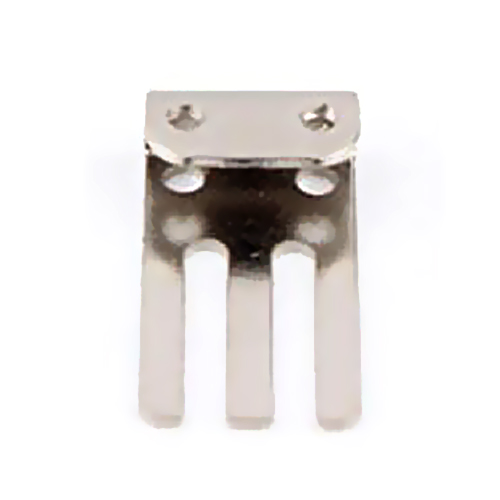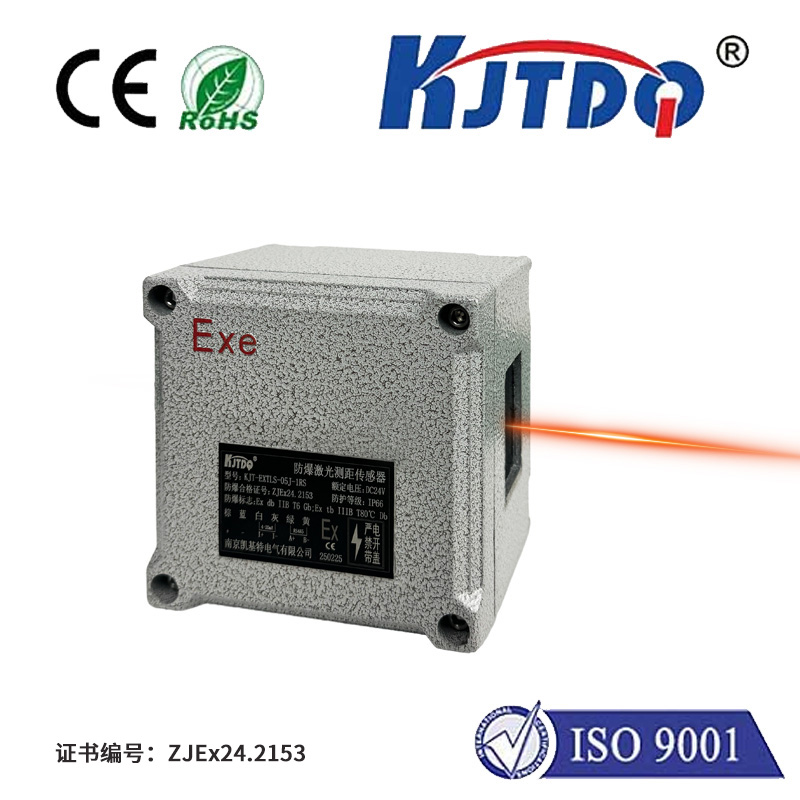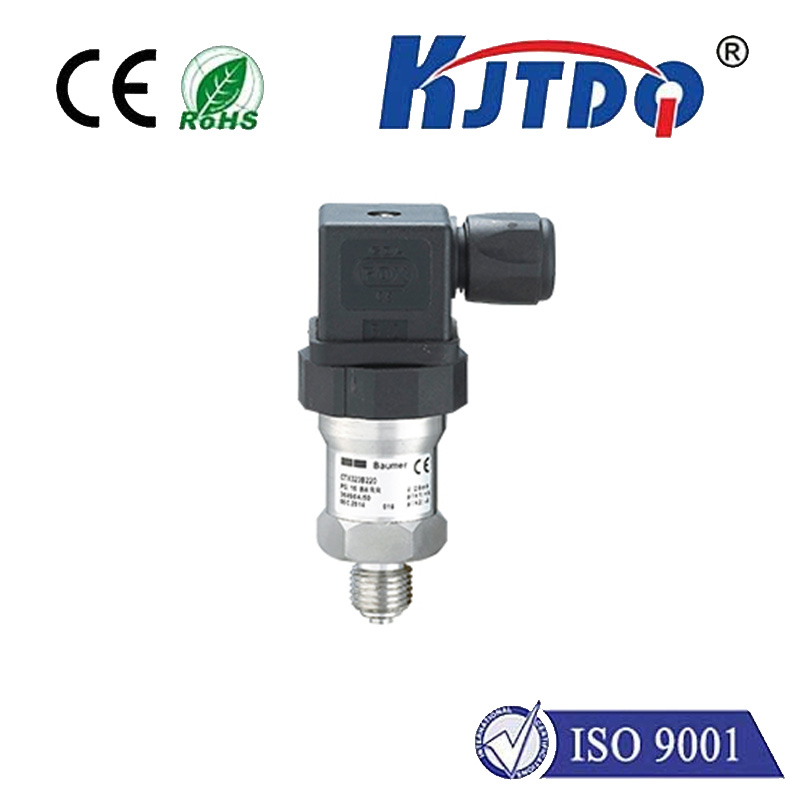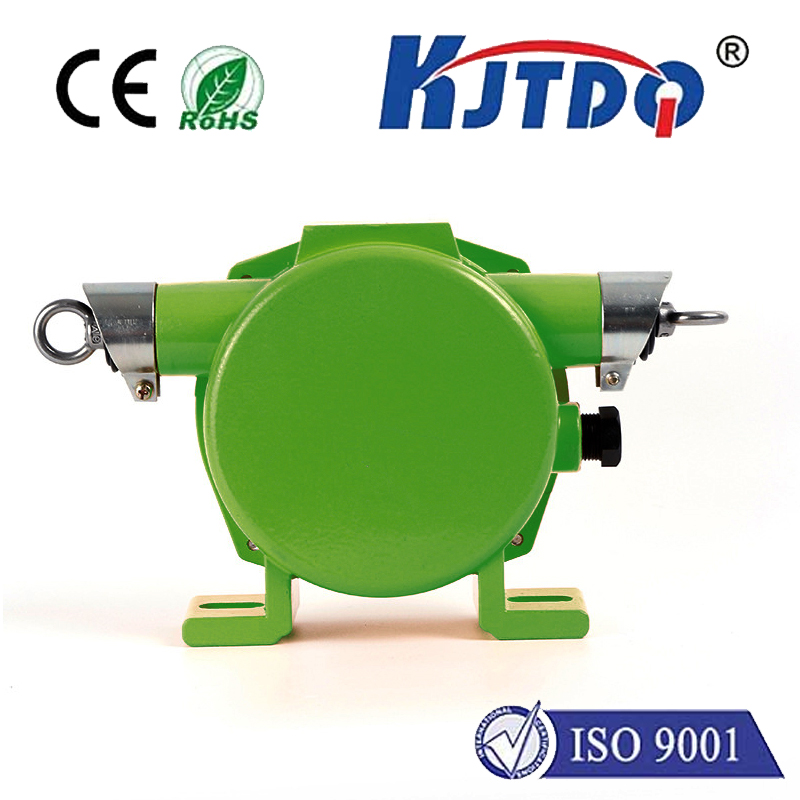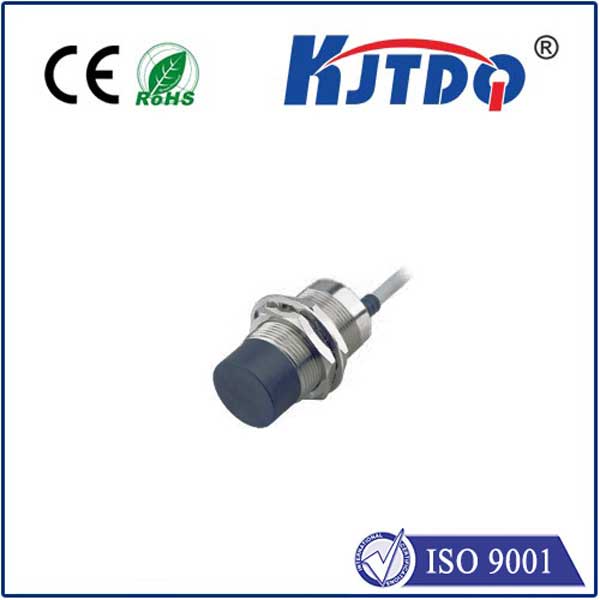Датчик приближения дверей
- time:2025-07-17 08:02:01
- Нажмите:0
Proximity Sensors for Doors: The Silent Revolution in Convenience and Efficiency
Picture this: you’re juggling grocery bags, coffee in hand, trying to fumble for keys. Or imagine a bustling hospital corridor where staff constantly push through heavy doors with laden carts. In both scenarios, a simple piece of technology eliminates the struggle: the Датчик приближения дверей. These unassuming devices are transforming how we interact with entrances and exits, offering unprecedented levels of accessibility, security, and energy efficiency for both homes and businesses.
At its core, a door proximity sensor is an electronic device designed to detect the presence of an object (like a person or vehicle) within a specific range without physical contact. When something enters its detection zone, the sensor triggers a signal. In the context of doors, this signal is most commonly used to automatically open the door, but its applications extend far beyond just swinging a door open.
How Do Door Proximity Sensors Work?
Most automatic door sensors rely on one of two main principles:
- Inductive Sensors: Primarily detect metal objects. They generate an electromagnetic field. When a conductive metal object (like a car, forklift, or even a metal keychain) enters this field, it induces eddy currents within the metal. The sensor detects this change in the field and sends a signal. These are highly reliable and widely used for garage doors, industrial gates, or loading bay doors where vehicles are the primary trigger.
- Capacitive Sensors: Detect both metallic and non-metallic objects (like people, wood, plastic, liquids) by sensing changes in capacitance. They establish an electrostatic field. When an object with different dielectric properties enters this field, it alters the capacitance. These sensors are ideal for standard automatic entrance doors where detecting people regardless of what they’re carrying is essential.
Modern access control systems often integrate more sophisticated sensors. While traditional motion sensors (PIR - Passive Infrared) detect movement and body heat, proximity sensors excel at detecting presence, even static presence, within their specific defined zone. This makes them crucial for ensuring doors remain open safely while someone is passing through or lingering near the threshold. They are fundamental components in creating truly hands-free automatic doors.
Why Use Proximity Sensors on Doors? The Compelling Benefits
The advantages of integrating proximity door sensors are numerous and impactful:
- Enhanced Accessibility: They are a cornerstone of inclusive design. Individuals using wheelchairs, walkers, or carrying items, or those with limited mobility, benefit immensely from touchless entry. Doors open effortlessly upon approach, removing significant physical barriers. This makes buildings inherently more welcoming and compliant with accessibility standards (like the ADA).
- Improved Hygiene: Especially relevant in healthcare, food service, and public spaces, contactless sensors minimize the need to touch door handles – a known vector for germ transmission. This promotes a cleaner environment for everyone.
- Increased Convenience: The fundamental benefit. Whether it’s carrying groceries home, pushing a cart in a store, or navigating a busy office with arms full of files, automatic door opening via proximity detection is a seamless experience that saves time and frustration.
- Boosted Security (Integrated Systems): While the sensor itself detects presence, when integrated with an access control system, proximity sensors play a vital role. Doors can be programmed to unlock only when an authorized credential (like a key fob or card) is presented within the sensor’s detection zone, preventing unauthorized “tailgating”. They can also trigger alerts if a door is held open beyond a preset time (door open alarm).
- Энергоэффективность: In climate-controlled environments, minimizing the time a door stays open is crucial. Proximity sensors ensure doors open only when necessary and close promptly once the detection zone is clear, significantly reducing heating and cooling loss compared to manually operated doors or doors held open by mechanical stops.
- Reduced Wear and Tear: By automating the opening mechanism and preventing forceful pushing or pulling, automatic door sensors minimize physical stress on door hardware (hinges, closers, operators), extending the lifespan of the entire system.
- Traffic Flow Optimization: In high-traffic areas like airports, malls, or hospitals, well-placed sensors ensure doors open reliably and at the right moment, facilitating smoother pedestrian flow and preventing bottlenecks.
Applications Beyond the Obvious
While automatic sliding doors or swinging doors at storefronts are the most visible application, door proximity sensors find use in diverse settings:
- Residential Garage Doors: Inductive sensors reliably detect your vehicle for smooth opening/closing.
- Elevator Doors: Prevent doors from closing on passengers by sensing presence in the doorway.
- Security Gates & Bollards: Control access for vehicles at entrances to secure facilities or parking lots.
- Industrial & Warehouse Settings: Automate large loading dock doors or internal access points triggered by forklifts or personnel.
- Revolving Doors: Enhance safety and efficiency by ensuring smooth operation based on occupant presence.
- Restricted Access Doors: In labs or cleanrooms, sensors integrated with access control ensure only authorized personnel trigger opening.
Choosing the Right Door Sensor
Selecting the best proximity sensor for your door depends on several factors:
- Door Type & Mechanism: Is it sliding, swinging, revolving, overhead, or a gate? Each requires a compatible sensor and operator system.
- Primary Trigger: Do you need to detect people (capacitive or advanced PIR/microwave), vehicles (inductive), or both?
- Detection Range & Zone Shape: How far away should the sensor activate? Does it need a wide beam or a narrow, focused zone? Correct placement and aiming are critical to avoid false triggers (e.g., from moving objects beyond the door) or missed detections.
- Environment: Consider temperature extremes, potential exposure to moisture/rain, dust, vibrations, or explosive atmospheres (requiring intrinsically safe sensors).
- Integration Needs: Will it connect to an existing access control, security, or building management system?
- Aesthetics: For prominent entrances, more discreet sensor designs might be preferred.
The evolution of proximity sensors has made automated, secure, and accessible doorways a reality across countless environments. From the simple convenience of a grocery store entrance to the critical accessibility of a hospital door or the security of a gated facility, these intelligent sensors work silently in the background. They enhance safety, promote hygiene, save energy, and create a frictionless experience, proving that sometimes the smallest technologies deliver the most significant daily impact. When reliability and seamless operation matter, specifying the right automatic door sensor is fundamental to modern building design and functionality.
